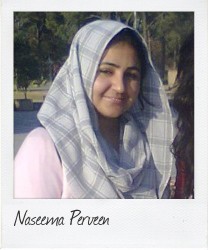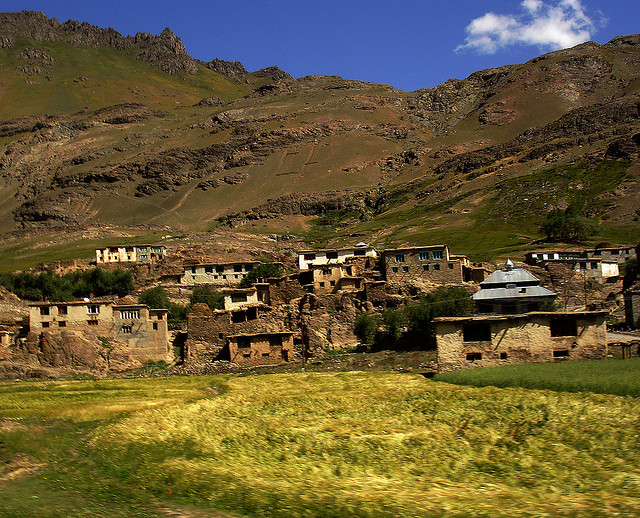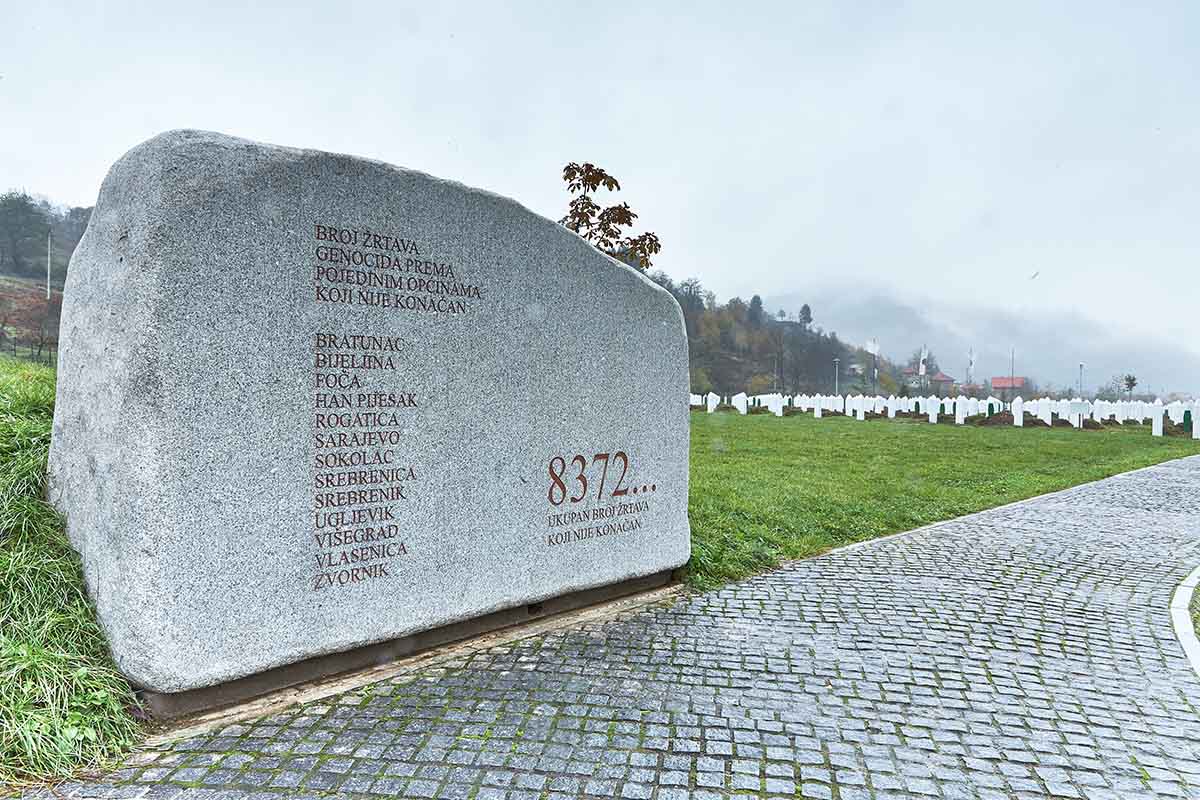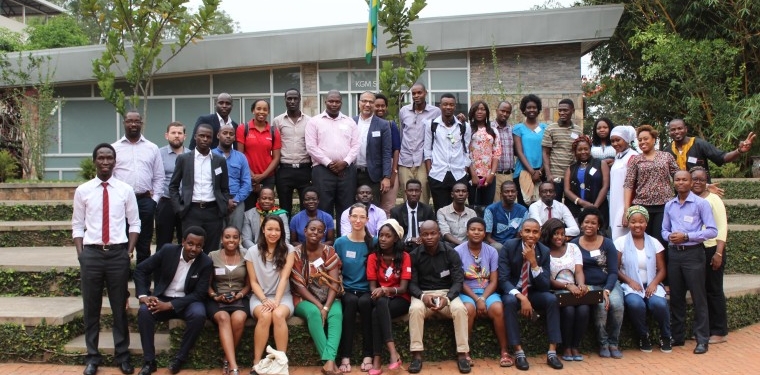“The valley is bleeding – uncertainty in Kashmir”
March 13 Three wars have failed to resolve the fate of the Kashmir Valley, writes Naseema Perveen, 22, a Commonwealth Correspondent from Islamabad in Pakistan, who says residents of the disputed territory need a solution that will let them live in peace.
Three wars have failed to resolve the fate of the Kashmir Valley, writes Naseema Perveen, 22, a Commonwealth Correspondent from Islamabad in Pakistan, who says residents of the disputed territory need a solution that will let them live in peace.
Historically Kashmir was ruled by Muslims from the 14th century until 1819, when Ranjit Singh, the Sikh ruler of Punjab conquered it. Subsequently he acknowledged Gulab Singh, who entered his services as Raja of Jammu.
Gulab Singh expanded his rule over all Kashmir, except for the valley, which he purchased from the British for a sum of 7.5 million rupees in 1846.
At the time of Partition there were in total 560 princely states, which were to decide whether to join India or Pakistan. All except Kashmir, Junagadh and Hyderabad made a decision. Both Junagadh and Hyderabad decided their accession after some time, but Kashmir remained undecided about its accession to either of the dominions.
Kashmir, with Muslims making up 78 per cent of its population, is one of the Muslim majority states and wanted to give its accession to Pakistan, however the ruler being a non-Muslim wanted to be with India. The matter remained undecided. In June 1947 Lord Mountbatten went to Kashmir and advised the maharajah to join India, but it was suggested to hold a plebiscite in the state to decide its future.
Kashmir shares a 902-mile boundary with Pakistan, and only 317 miles with India. The three rivers from Kashmir directly flow into Pakistan. Moreover the two land routes which connect it with rest of the world enter into Kashmir through Rawalpindi and Sialkot. Keeping in view these prospects, the argument can be made that it is worthy for Kashmir to join Pakistan.
In accordance with these issues, two resolutions were passed on 13 August 1948 and 5 January 1949, but ultimately both failed to have satisfactory results.
The Kashmir issue was taken to the United Nations in 1957, but in retrospect was not taken seriously. Several of the presidents of the council visited the region to observe the issue, but finally suggested it be solved according to the will of Kashmir. In short, so far the UN also failed to resolve the matter.
According to history the tyrannical ruler of Kashmir tried to drive out the massive population of Muslims with the help of the external forces. The ruler was accused of genocide against the Muslim population in the state. Many times the Pakistani military entered to help their Muslim brothers, but demilitarization of the forces also remained a long-debated issue between the two dominions.
Up till this time, hundreds of thousands of lives have been lost; the valley is bleeding. No single day passes without violence or bomb blasts. This issue has fuelled weapons and nuclear proliferation around the region. In addition to sparking the wars of 1948, 1965 and 1971, the Kashmir issue has been characterized as a nuclear flashpoint in the region.
Now the questions arises – how long the valley will keep bleeding? How many more mothers will lose their sons, brothers and husbands? How long will the people mourn their lack of identity and self-determination? Will the UN take a stance to solve it? These are a few of the questions that need to be addressed.
Until the issue gets resolved, the Kashmir Valley won’t be able to take a sigh of relief. It will keep bleeding because of the uncertain circumstances. Moreover regional harmony, prosperity and peace will not be possible. Both nations are required to think over the matter, and solve it as soon as possible. On this day, I wholeheartedly express my solidarity with the people of Kashmir. May they determine their identity and live long.
photo credit: Himalayan Trails via photopin cc
………………………………………………………………………………………………………………
About me:
I am a blogger, writer, and a social person. I am a responsible, trust worthy and friendly person. My aim of writing is to address the social issues, many of which remain unnoticed.
I am an Economics graduate of Quaid-i-AzamUniversity, Islamabad. I aspire to make my career in social development as a social worker. I have passion to work with people from all walks of life and I believe social development is only possible through common effort and consultation.
Follow me @naseemaO
………………………………………………………………………………………………………………
Opinions expressed in this article are those of the author and do not necessarily represent the views of the Commonwealth Youth Programme. Articles are published in a spirit of dialogue, respect and understanding. If you disagree, why not submit a response?
To learn more about becoming a Commonwealth Correspondent please visit:
http://www.yourcommonwealth.org/submit-articles/commonwealthcorrespondents/
………………………………………………………………………………………………………………




